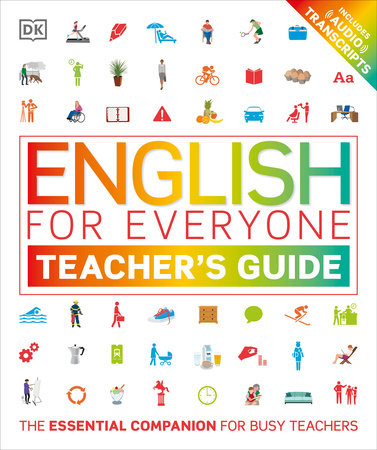
If you get type designers on a project like this, the risk is that they’re all going to go for the most obscure thing they can find and they’ll try to out-something each other and be as elitist as they can, but that’s not the case here. They don’t all have long wacky obscure names. He’s picked the Egyptian Bold Extra Extended A. My favourite A is actually the first one in the book, picked by David Quay, who I don’t know at all. It begins with five As, two Cs, five Gs and so on. It’s a small format book and without any question it’s my favourite typeface book. Every month they asked a type designer or someone involved in the graphic arts to pick a letter in any font and describe why they like it. It’s a collection devoted to a love of letters.


In To the Letter, Garfield traces the fascinating history of letter writing from the love letter and the business letter to the chain letter and the letter of recommendation. So New York Times bestselling author Simon Garfield asks: Can anything be done to revive a practice that has dictated and tracked the progress of civilization for more than five hundred years? The recent decline in letter writing marks a cultural shift so vast that in the future historians may divide time not between BC and AD but between the eras when people wrote letters and when they did not.

And while etiquette books still extol the practice, letter writing seems to be disappearing amid a flurry of e-mails, texting, and tweeting. Synopsis: The New York Times bestselling author of Just My Type and On the Map offers an ode to letter writing and its possible salvation in the digital age.įew things are as exciting-and potentially life-changing-as discovering an old letter.


 0 kommentar(er)
0 kommentar(er)
